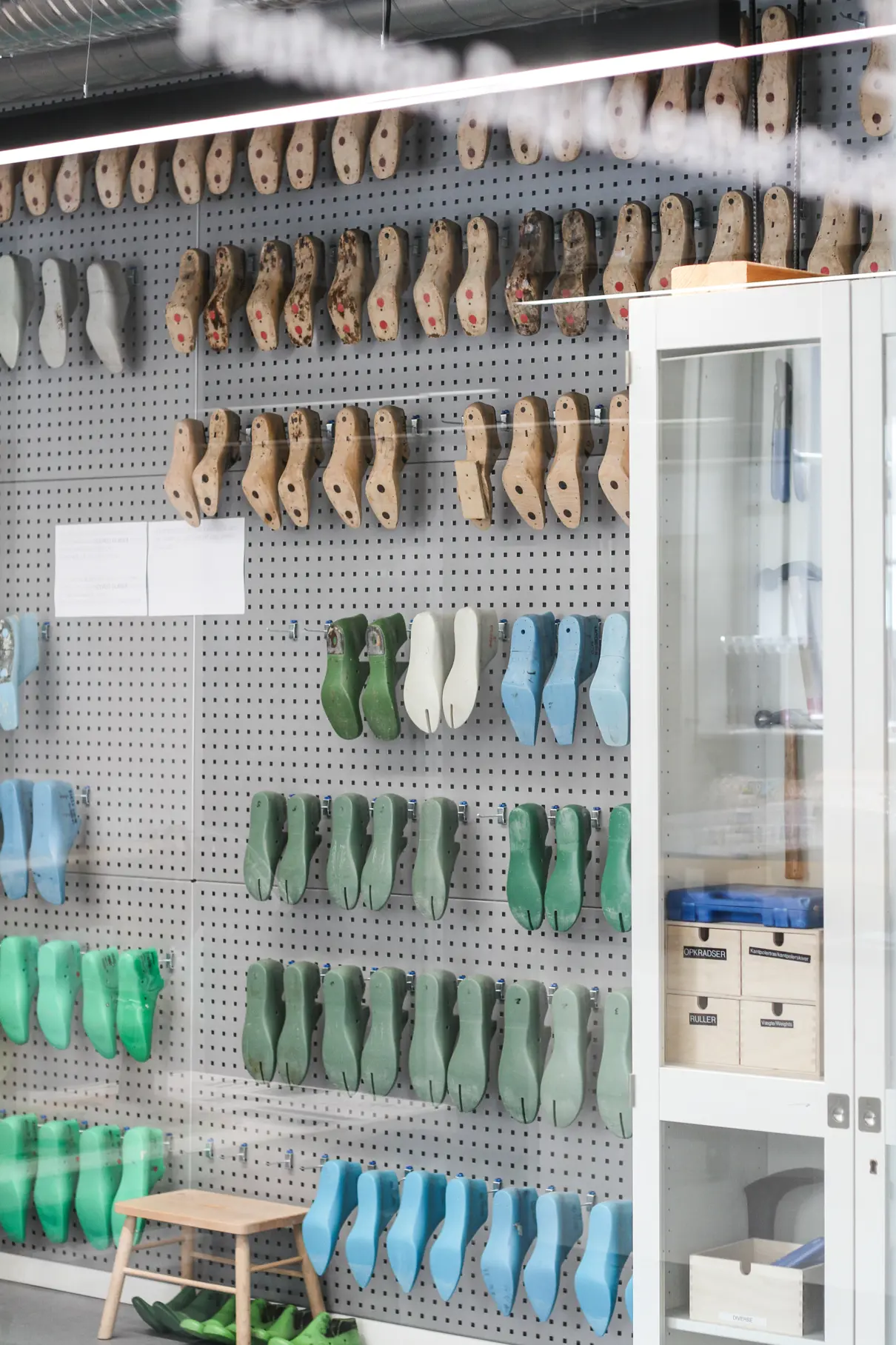Design School Kolding X SPOOR
Design School Kolding is one of Denmark's leading design universities and also internationally renown. The aim is to make an impact on the world through design. Design School Kolding is an independent institution under the Danish Ministry of Higher Education and Science. The school trains designers at undergraduate and graduate levels. The school has approx 340 students and a number of PhD students, including industrial PhD students. Every year, the school admits around 150 new students - 80 in the BA programme and 70 in the MA programme.
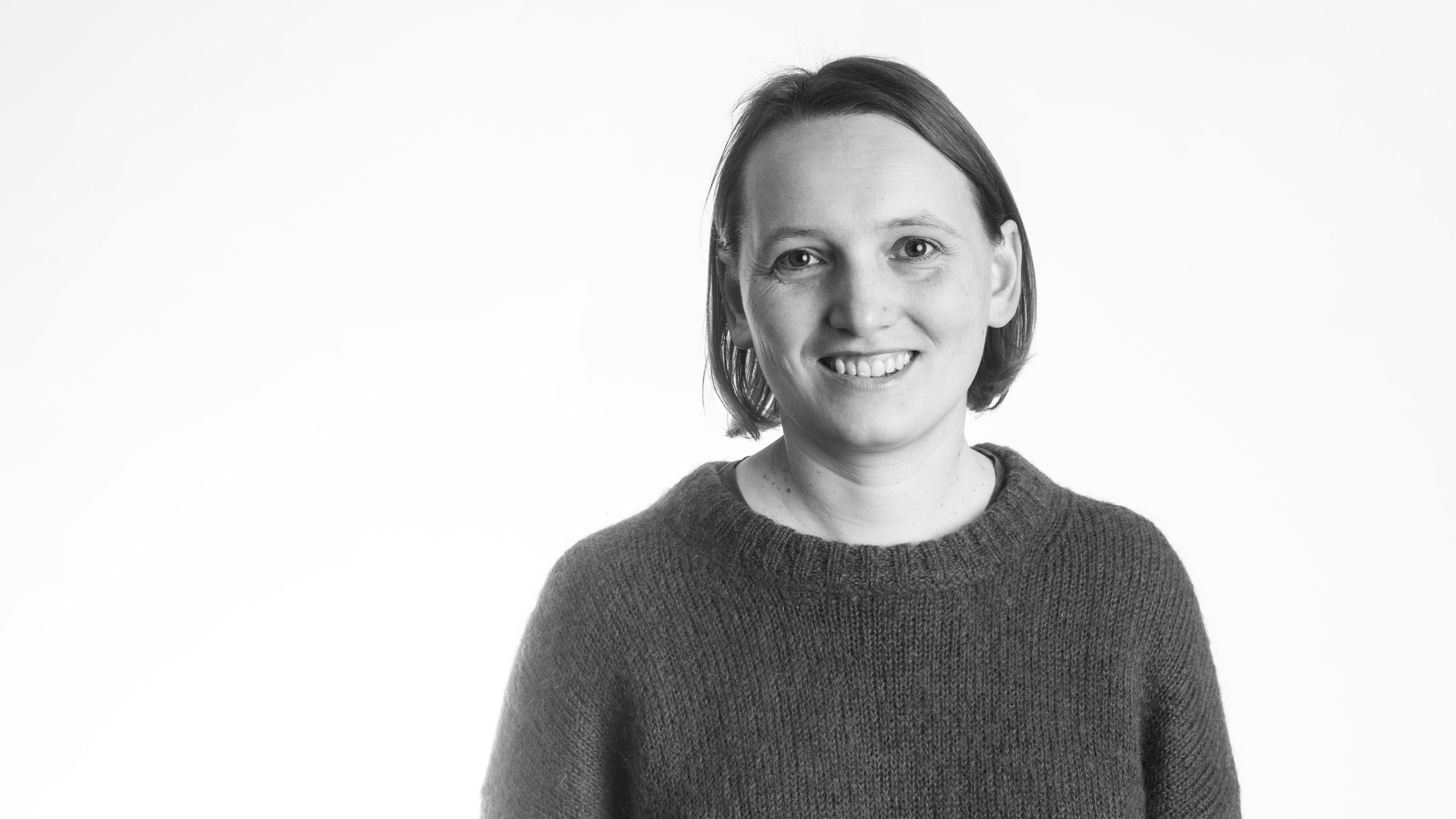
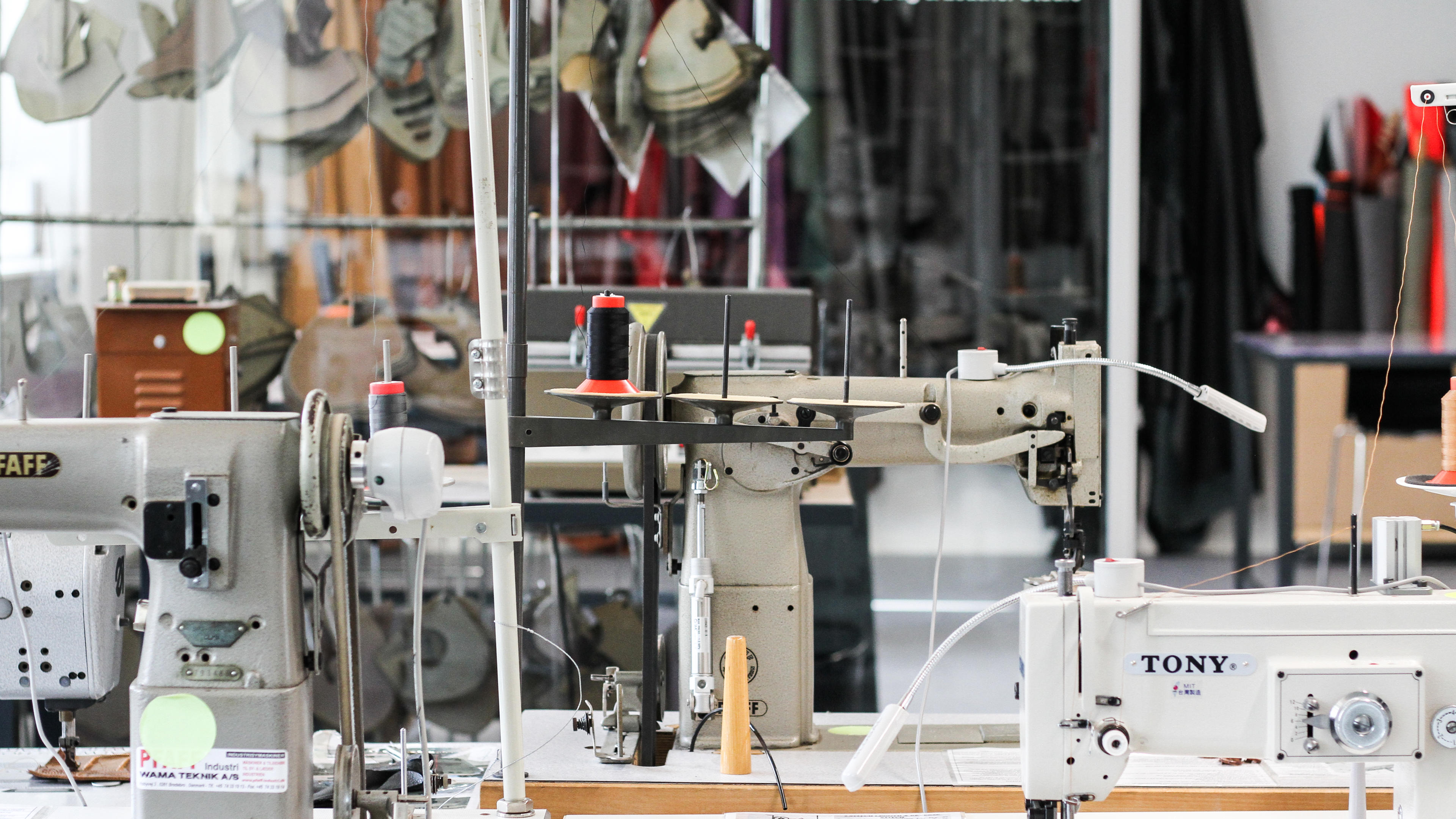
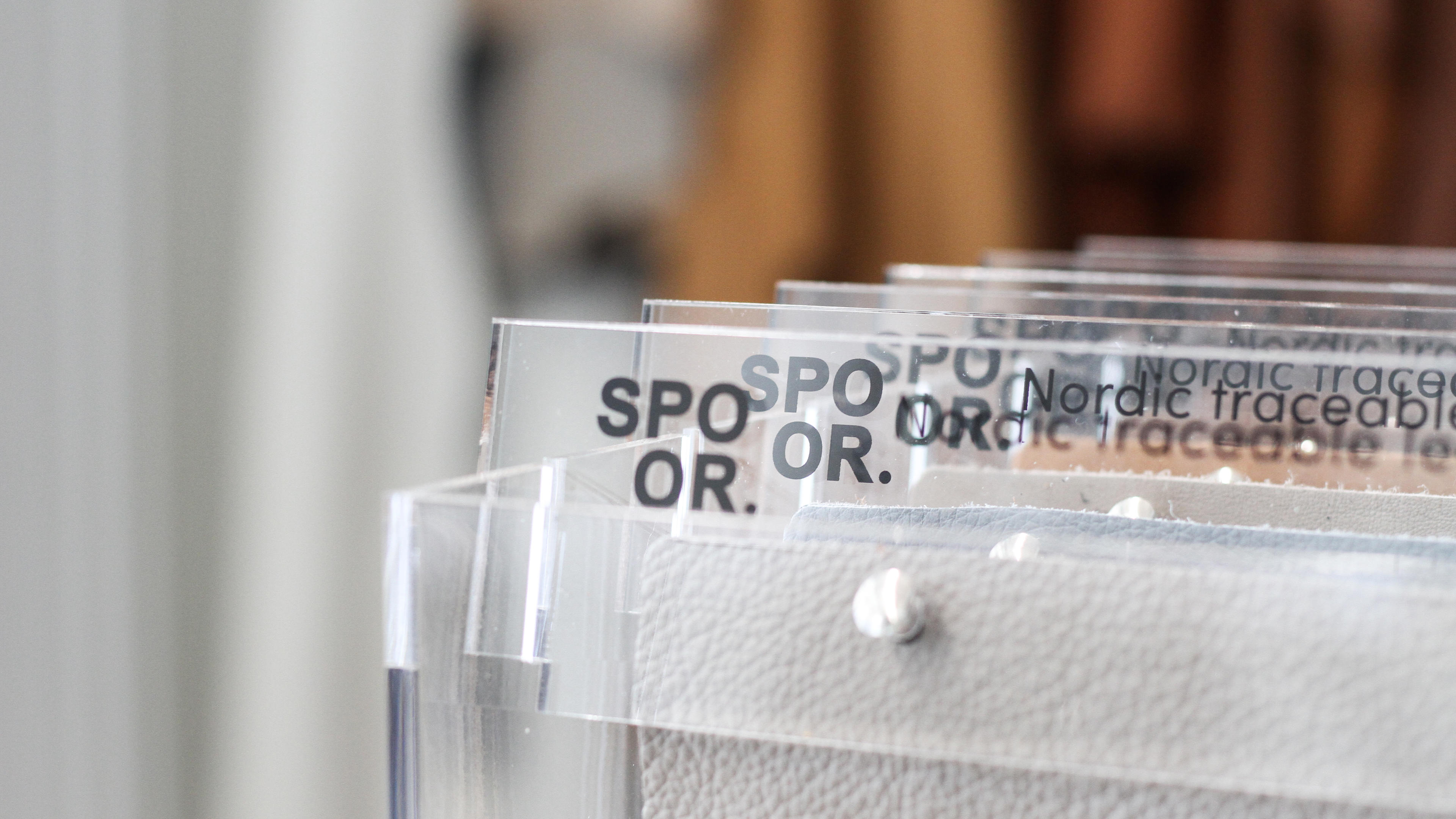
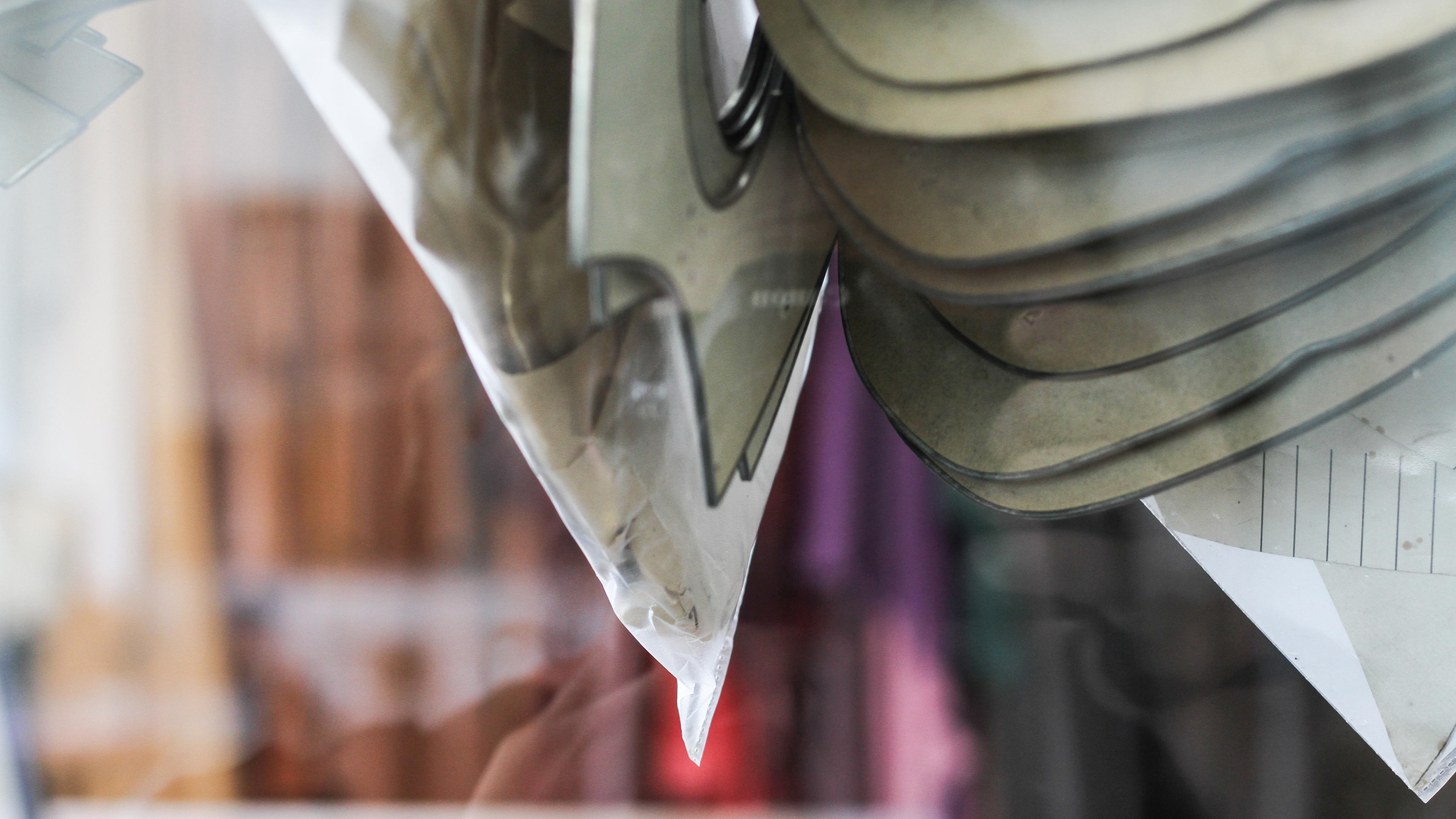
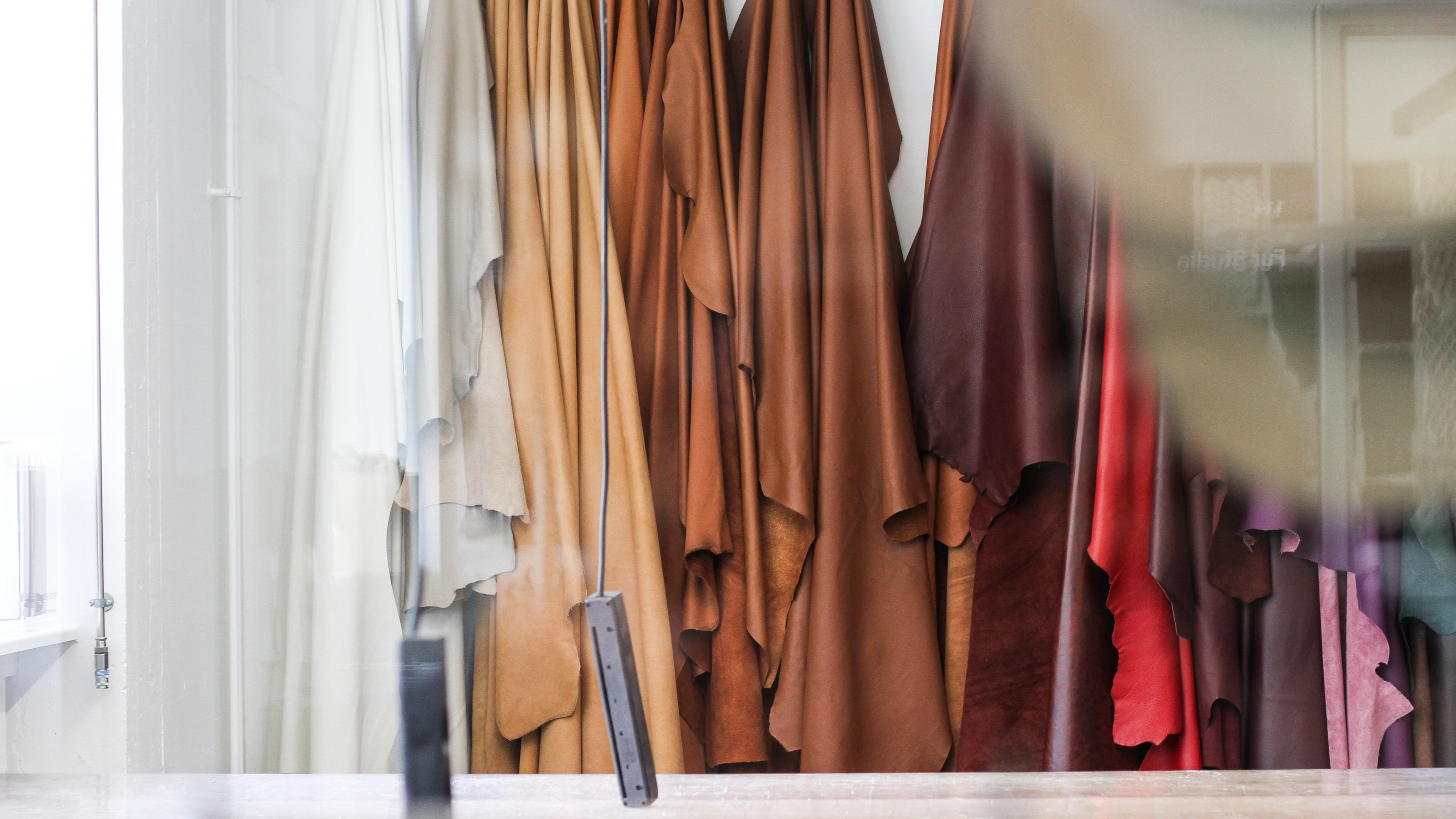
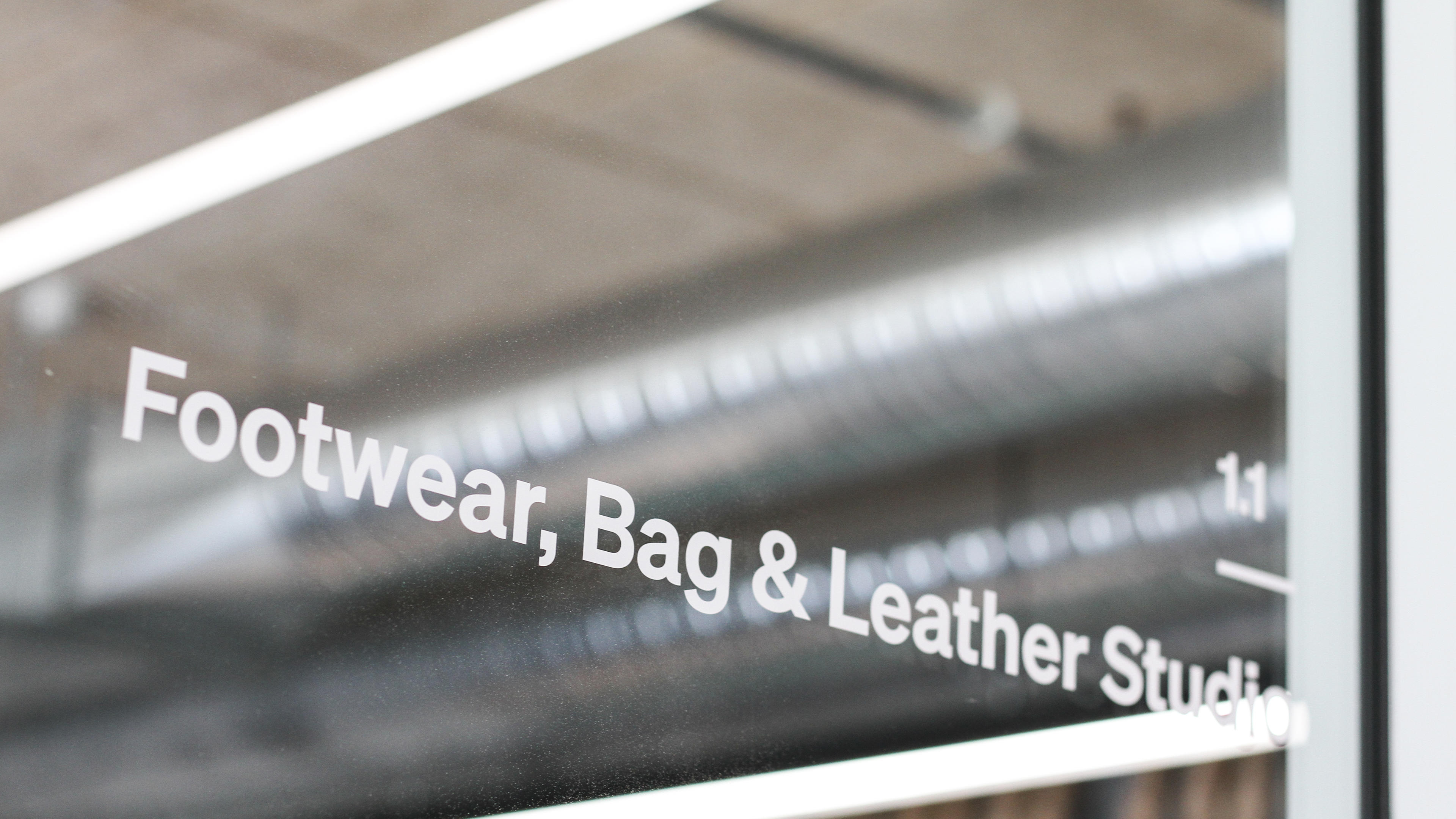
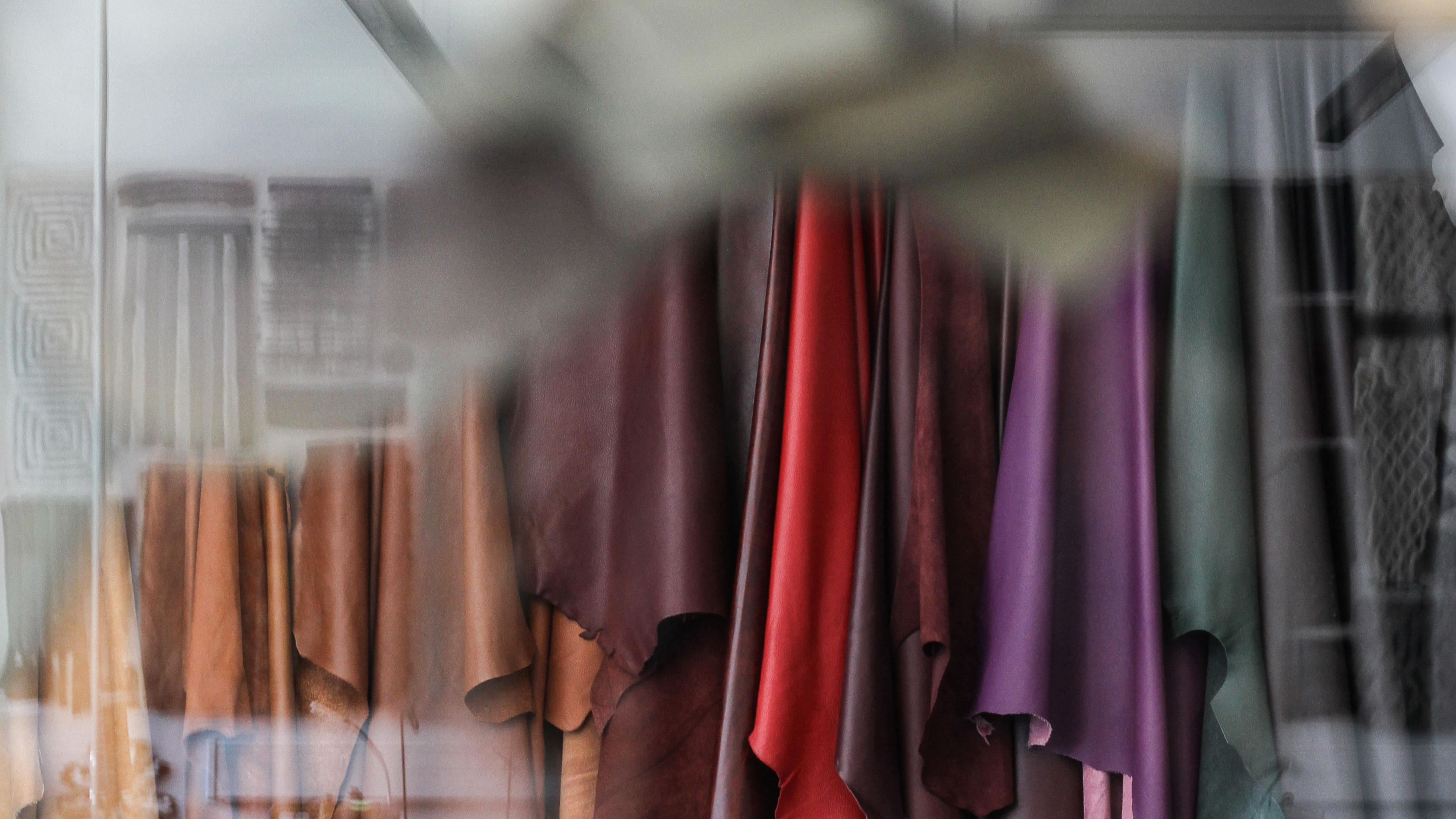
Interview with Solveig Gubser, Teaching Assistant Professor & Studio Manager of the Footwear, Bag & Leather Studio at Kolding Design School
Tell us about your background within and interest for leather
"I have been working with leather over a decade. My journey started during university, where I designed shoes in collaboration with an industry partner during a course. This experience sparked my interest in leather and led me to focus my Master´s degree project at the University of the Arts in Berlin on a leather bag collection inspired by shoemaking techniques. This project opened the door for a fantastic opportunity in the shoe and bag industry. I spent 12 years working for a well-known Danish brand, where I was first part of the footwear team and then for the majority of my time, I was part of a very international leathergoods design team.
Leather is an interesting material to work with, since it is natural and beautiful to touch. It is very versatile, and each skin is different, each skin has a story to tell. There are so many types and characteristics of leather, from soft and supple to thick and sturdy, and this is what I like about the material.
The choice of leather can define a product, and selecting the right type for a specific construction is both a creative and technical challenge I enjoy. Every new design requires careful testing to ensure the leather´s characteristics align with the intended look, function and feel".
What does a collaboration with SPOOR mean for the school and students?
"The collaboration offers students a valuable insight into real-life material sourcing and production within the leather industry, particularly with a focus on responsibly sourced materials. Visiting the tannery enriches the students understanding of leather as a material and encourages them to assess – and question – quality standards.
Hearing the story of leather sourcing first-hand from SPOOR provides the students with an important anchor to start thinking critically about the material lifecycles and sustainability of materials and products.
For the school, and for the students ´education, it is essential to have strong partnerships within the industry – especially local ones like SPOOR. The collaboration enhances the quality of our education by connecting theory to practice through real-life examples.
The ongoing support we receive from SPOOR in the leather studio - both with material sponsorship, on-site factory visits and knowledge sharing - helps the students to develop designs and products in a more professional and informed way. SPOORS sponsorship also gives students access to high-quality material they might not otherwise be able to find or afford. This enables the students to design products that match the durability and integrity of the material itself".
What do you hope the students will bring with them after having learned about responsible leather sourcing and production?
"At Koldig Design School our goal is to educate responsible designers, individuals that not just design new products but also carefully consider the impact of the product and the material choices in terms of sustainability, need and usability. We want to train designers that are able to take informed and responsible decisions during the design process.
Through the insight into SPOORS material approach to leather sourcing and transparency, students gain valuable knowledge into the complexities behind material origin. This experience will help the students to develop a critical mindset towards the origin of material, help them to question the status quo and make more informed, ethical choices as designers.
The experience students gain from working hands-on with high-quality leather from SPOOR fosters a deeper respect for the material and its origins. It teaches the students to approach leather with humbleness and to use it with care and intention in their future work".
What is your personal future hope and wish for the development in the leather industry?
"My hope is that more tanneries will commit to responsible and sustainable sourcing and production practices. As a designer I want to choose materials that are of a good quality, ethically sourced and long lasting – materials that age with grace and tell a story over time.
Unfortunately, the market is saturated with cheap leather products made from low quality hides that lack both durability and tactile appeal. That´s why my wish extends beyond just the tanneries – it´s also directed at brands, designers and consumers to choose to produce and buy less, but better. When people value quality and commit to using products for many years, it supports a more sustainable form of consumption.
Leather has the unique capacity to become more beautiful with age, developing a patina and character that reflects its use – and ultimately, carrying the story of its user".
From tannery to studio:
Designskolen Kolding enters collaboration with SPOOR
A partnership has been formed between Kolding School of Design and Denmark’s last remaining tannery, SPOOR. The partnership supports the school’s vision of being responsible and leading in high-quality materials, while also giving students the opportunity to explore and understand the entire process from raw material to finished product.
SPOOR is known for its uncompromising focus on sustainability, transparency, and traceability throughout production. The tannery works actively to ensure that each piece of leather they produce can be traced back to its origin, guaranteeing that the materials have been produced under responsible conditions, with respect for both the environment and animal welfare.
In practice, this means that all animals arriving at SPOOR’s tannery are ear-tagged from birth and registered in a database containing information about the animal’s country of origin, birth date, and place of birth. The ear tag is later recorded on all hides using laser technology, allowing each hide to be traced back to the farm where the animal was born.
The collaboration takes place in the design studio
The collaboration between Kolding School of Design and SPOOR will be particularly felt in the school’s leather studio, where SPOOR provides materials for students to work with. Here, they can experiment and gain hands-on experience with high-quality materials, allowing them to develop new design solutions with a focus on sustainability.
This is a unique opportunity for students to gain hands-on experience with top-quality materials while also learning the importance of responsible material selection in the design process.
The initiative for the collaboration comes from former studio manager and now Ph.D. student, Line Rumhult. The partnership is part of a broader focus on bringing material understanding and sustainable craftsmanship traditions closer to design education. This is particularly important at a time when both designers and consumers demand full transparency in the production process. Line Rumhult elaborates:
– As designers, we have a responsibility to ensure transparency regarding the materials we use. SPOOR is a good example of this, as their leather goes through many refining stages, supported by a rich Scandinavian craft tradition. It’s crucial to respect the origin of materials and understand how they are created. This approach aligns with the craft traditions we want to pass on to our students, while also meeting the growing consumer demand for full transparency.
SPOOR shares the enthusiasm for the new collaboration:
– We are incredibly grateful for the opportunity that Kolding School of Design opened up for us. It’s a partnership that makes so much mutual sense. We can teach the students everything behind responsible Danish leather production – and the students get the chance to see the production up close. At the same time, we are challenged through a lot of feedback, questions, and co-creation with the students, who are the future of both Danish and international design, says SPOOR’s Business Development Director, Birgitte H. Langer.
Work in the leather studio will officially kick off when students in accessory design begin the course "Concept and Form Development" later this fall. Here, they will work with materials and shaping as part of their education.
The leather studio is open to all students who have been introduced to the machines and can be used for relevant projects.
